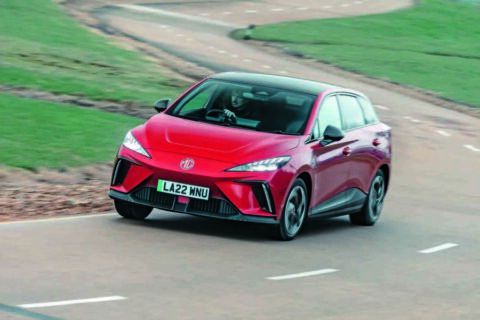For employers, it’s being able to offer an additional retention and recruitment incentive (although if the scheme reduces an employee’s salary below the minimum wage, it can’t be offered).
How is salary sacrifice calculated?
Until 2020, a major barrier to employees’ EV uptake was the benefit-in-kind (BIK) charge that affects how much tax an employee pays, including on a car obtained through salary sacrifice. The charge is based on a combination of the car’s list price including VAT and extras (together called its P11D value) multiplied by its official CO2 emissions, expressed as a percentage and known as the BIK rate.
The result, multiplied by the user’s personal tax band, is the amount of tax they pay for having the car. In the 2019/20 tax year, the lowest BIK rate was 16%, applied to cars with 0g/km – in other words, EVs.
However, in 2020/21, these cars were derated to just 2%, a move that slashed the tax bill for EV drivers. This rate still applies and will do so until 2024/25, after which it will rise by 1% increments to 5% in 2027/28.

In comparison, the lowest BIK rate on pure-combustion cars (as distinct from hybrids) is 15% and will rise to 18% in the same period.
So EVs incur much lower BIK tax, but salary sacrifice then offers further savings by allowing a car’s monthly lease payment to be deducted (or ‘sacrificed’) from an employee’s gross salary.
